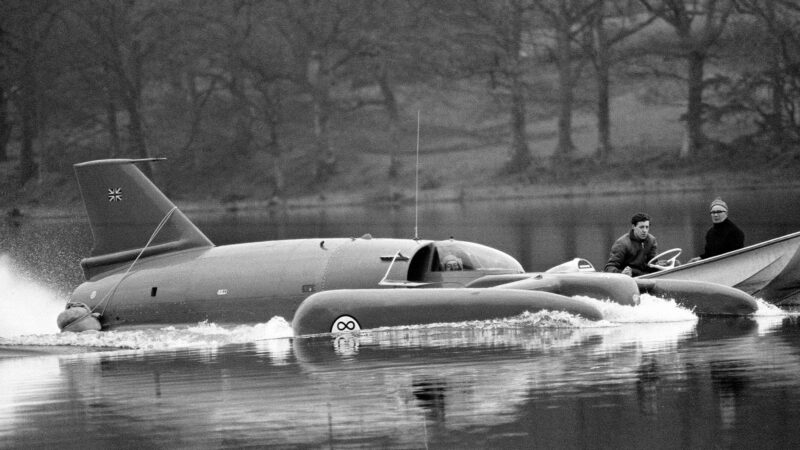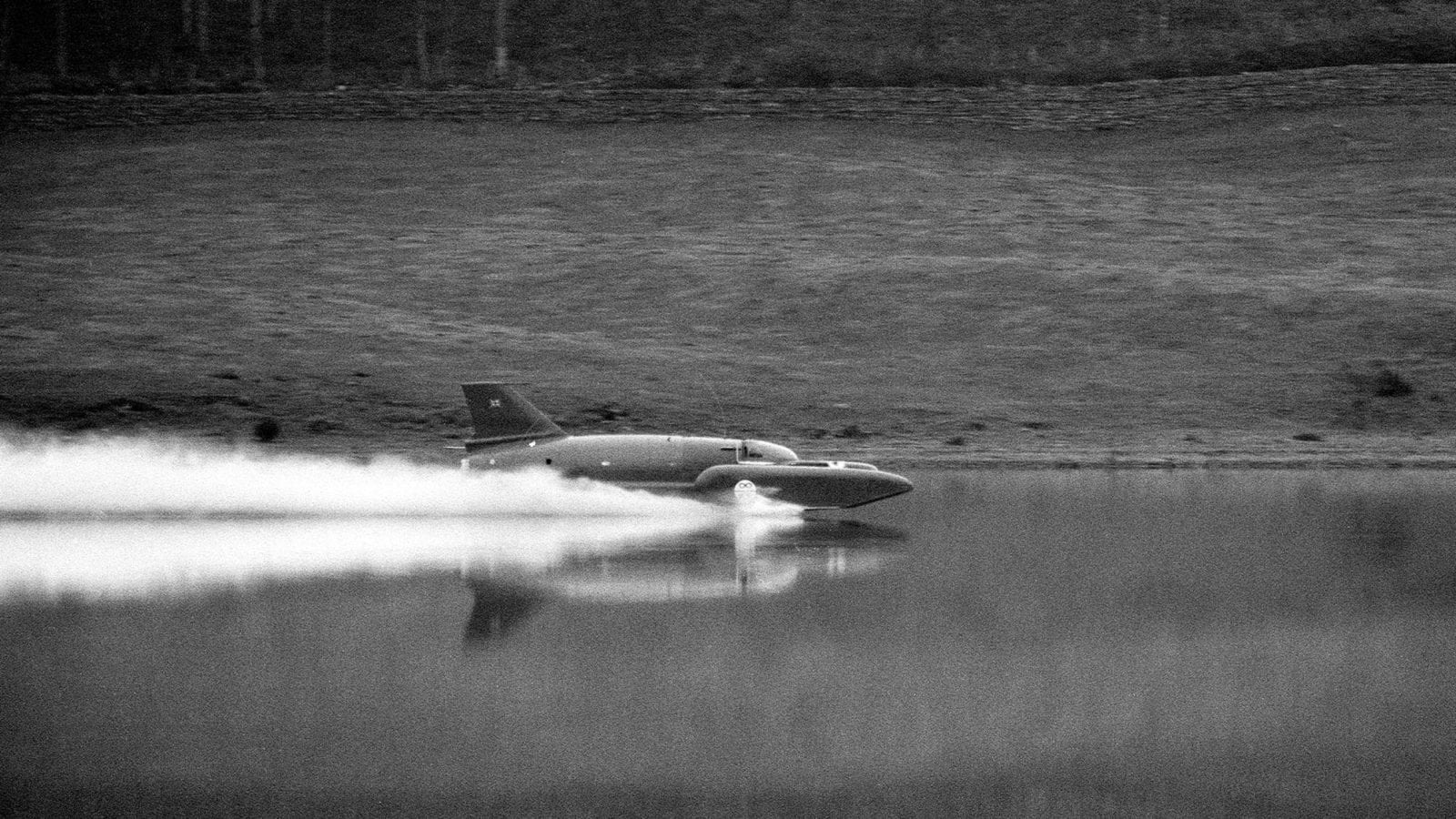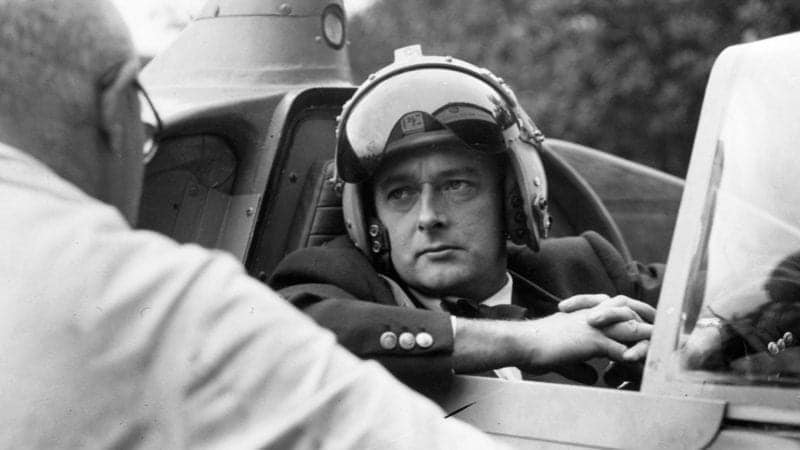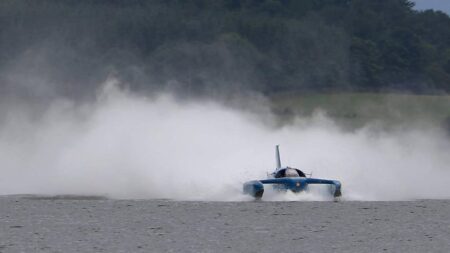“But at the back of all this was the reason I got so hooked on record breaking and especially the Campbells: my father, who introduced me to the subject but was not interested himself. I cannot say I remember my father that well, I cannot claim to have known anything about Donald Campbell when he was alive, but I can say that in the intervening 25 years they have both given me a great deal.
“Maybe my reasons for admiring one man are a bit too personal, but I have been very fortunate to meet and in many cases become friends with the people who were around Donald Campbell when he was alive, and they have told me so much about the man himself, things that have never been published, private things, that I have developed a great admiration for him. And that in many ways has been reflected by the people I have since met who knew my father, and the things they have told me about him.”
“”To me, Donald Campbell was a promiscuous, superstitious. courageous and ingenious go-getter”
“I suppose it is a little like knowing someone secondhand, but if these two men had impressed these other people so much to have had a lasting effect, which has been passed on to me in recollection, then I am proud to have known them both in such a way.”
Some have spoken as movingly, while others have been more pragmatic. The motorboat historian Kevin Desmond finds the name Campbell rarely leaves him alone. “In 21 years of my writing articles and books about land, air and waterborne motorsport, Donald Campbell and Bluebird have played a mysteriously recurring role. Although I never met ‘The Skipper’, just by listening to the anecdotal memories of a dozen who had dealings with him – particularly my dear friends Leo and Joan Villa – certainly gave me an objective knowledge of his character, even if lacking in subjective experience.

Campbell is towed out in his K7 during testing on Coniston Water in ’66
Sunday Mirror/Mirrorpix/Mirrorpix via Getty Images
“To me, Donald Campbell was a promiscuous, superstitious. courageous and ingenious go-getter. He knew how to fight back when the odds were stacked against him, although at times he suffered such emotional scars as a domineering father.
“As the owner of both a fragment of Bluebird K7’s wreckage and two scale models, and of a sizeable collection of the published works of Maurice Maeterlinck (who wrote the theatre play ‘The Blue Bird’ which so fascinated Sir Malcolm), and having written three books on motorboating history, each of which chronicles Donald’s achievements to a greater or lesser degree, I am what might be called a second-generation aficionado. But then so are Ken Warby, the current water record holder, Steve Holter, yourself, Martin Summers, modeller Fred Harris, artist Arthur Benjamins, Speed Record Club founder Robin Richardson and several others bathed in the magnetic ‘Bluebird blue’ speed haze.



